Last Updated on January 9, 2025 by Pinax Team
TL;DR: The Graph is evolving to transform how we organize and verify on-chain information through knowledge graphs, enabling communities to collectively determine truth and organize knowledge in a decentralized way. Through new tools and standards like GRC-20, we're moving toward a future where AI systems can access trusted, comprehensive data for training and decision-making. This transformation pushes us closer to a user-governed internet where information is not just accessible, but verifiable and trustworthy.
Welcome back to our discussion on AI and blockchain! If you haven’t already, check out our post, AI and Blockchain’s Shared Destiny: A People’s Internet, where we explore the exciting intersection of AI and blockchain technology and its potential to shape a user-governed internet. In that post, we laid the foundation by discussing the basics and benefits of integrating these two powerful technologies.
In this continuation, we’ll dive deeper into how web3 technologies and AI are driving us toward a trusted, decentralized future on the web.
How do we determine what is true?
One of the challenges with AI is that it pulls information from sources that aren’t necessarily verified. Web 2.0 platforms and the current internet are full of misinformation and bias. How do we know we can trust the information that an AI service provides? How can we ensure an AI service does not inherit bias from its source data?
We need a better system for determining what information is true. Instead of fact-checking as individuals, we could have a transparent process that allows us to coordinate.
If we use knowledge graphs to structure information, we can facilitate more detailed discussions. For any question that we have, people can post proposed answers (or claims), add supporting and opposing arguments, and eventually, by using blockchain-based voting, up-vote, down-vote, and rank answers over time.
ℹ️ A knowledge graph represents a network of real-world entities—such as objects, events, situations, or concepts—and illustrates the relationship between them. (IBM)
This activity would happen on open, public, transparent infrastructure. Using a decentralized system will allow for better and better answers to rise to the top as we get to the truth. Plus, everyone benefits from this curated, trusted information, not just one corporation and its customers.
How do we access all the world’s public knowledge and information?
Another challenge is that today’s information is in silos, separated by the different Web 2.0 platforms and companies that run the servers and control who has access. So which information is the AI service or application you use accessing? If it’s not able to go beyond its silo, that limits our ability to cooperate. Imagine if we all had access to the same verified information in a web3 ecosystem and how that could help people globally develop and make progress on their goals.
We need decentralized systems to organize this information, and knowledge graphs are the most flexible way to do this. Each community would have its own knowledge graph, and all those knowledge graphs would be interconnected.
With web3, we have transparency and accountability, ensuring that resources are going to those truly delivering results. By using decentralized systems, we can better coordinate and make informed decisions, ultimately transforming how we tackle complex challenges.
Yaniv Tal, from Geo: Systemic Solutions for Revolutionizing Care
A data standard for web3
Geo, a fellow core dev team working on The Graph, believes that knowledge graphs are the key to enabling verifiable, open, and composable applications.
In fact, Geo has recently released a draft of the GRC-20 knowledge standard, which gives us a proposal for how web3 data can be structured, shared, and connected across decentralized applications.
Having a unified standard is crucial for the different teams and projects working with knowledge graphs and decentralized AI. This standard will allow applications to share data and achieve an interoperable system.
The standard could transform various industries, with possible use cases for news (improving trust and verification), healthcare (enabling better research organization), and education (mapping topics and skills).
GRC-20 is currently in draft, and Geo invites your feedback to refine and finalize the standard.
Introducing Geo
By using web3 technology, we can overcome our coordination challenges, get to the truth, and organize information and knowledge—in a decentralized way.
Geo is a web3 browser and knowledge graph app, and it’s the first use case for the GRC-20 knowledge standard.
Geo will empower communities with the tools to:
- Coordinate in a decentralized way to determine what information is true. Communities can work together to structure their knowledge to get to the truth and work toward shared goals.
- Bring more real-world knowledge and information onto public blockchains, which are censorship-resistant.
- Operate on open public technology where everyone has access and can participate, making activity transparent.
- Use AI services (and any applications integrating AI) that pull information from trusted sources of knowledge curated in an open forum.
Geo will be a data service on The Graph Network, bringing real-world knowledge and information on-chain, enabling open composable data that can be used by many applications, including AI. Having composable data means applications can build on each other and share data.
Pinax is contributing to the development of Geo by integrating it as a data service with the indexer stack and deploying the subgraph Geo Genesis to The Graph testnet. We’re also exploring hosting rollup chains to further support Geo’s infrastructure.
AI is getting more and more centralized… We think that there’s a better path forward. We can make that type of technology accessible to more people through decentralized solutions… leveraging decentralized knowledge graphs to augment the value that LLMs can provide to their users by feeding them with up-to-date curated information.
Matthieu Di Mercurio, VP of Product and Strategy at StreamingFast, from GRTiQ Podcast: The Graph, AI, and Geo
ℹ️ A large language model (LLM) is a deep learning algorithm that’s equipped to summarize, translate, predict, and generate text to convey ideas and concepts. Large language models rely on substantively large datasets to perform those functions. (Investopedia)
Knowledge graphs and AI
Now that we’ve talked about how Geo can help us determine what knowledge and information is true and organize it in a meaningful way on-chain, how will this impact AI services?
Once we have an interoperable graph of data, the goal will be to enable countless applications to be built, enabling web3 to fully emerge and grow. If those applications use AI, they will have a source of trusted and comprehensive data to train with, which will improve LLMs, decision-making, and predictions.
GRC-20 could play a pivotal role in training large language models by offering a verified, well-structured knowledge repository, establishing itself as a cornerstone for future AI and web3 systems.
Knowledge graphs and graph databases are the most powerful way of providing context for and input into large language models (LLMs).
Yaniv Tal, Founder & CEO at Geo, from Indexer Office Hours #164
The vision that I’m very excited about is building this knowledge graph and becoming a reference for data, for knowledge that would be accessible through the network. And that second vision of being a platform where people can build applications on top, and especially AI-driven applications.
Matthieu Di Mercurio, GRTiQ Podcast
Future outlook
Integrating AI and blockchain is paving the way for a democratized digital landscape. These developments will continue to push the boundaries of what’s possible, bringing us closer to a decentralized future where everyone has a voice and control over their digital lives.
We are at an inflection point where the foundational work we’ve done is proving powerful, and we can now build on top of it to create even more value through decentralized applications and AI-driven systems. The future is about multiplying that value across the ecosystem.
Matthieu Di Mercurio, GRTiQ Podcast
What’s next?
For technical details on the proposed data standard, read the GRC-20 Knowledge Graph spec on GitHub.
For a higher-level overview of GRC-20, read The Graph Forum post. You’re invited to leave your feedback and questions for the Geo team on the forum post.
For more reading about GRC-20, knowledge graphs enabling web3, and the impact on AI, check out the articles below:
- Introducing GRC-20: A Knowledge Graph Standard for Web3
- The Graph Indexer Office Hours #164 Open Discussion
- Knowledge graphs are web3
- Building a Decentralized Brain with AI & Crypto
To stay informed, keep up with Geo updates on The Graph Forum and follow its socials for the upcoming launch. Join Geo’s Discord to ask questions and connect with the community. Your participation can help shape the future of the decentralized internet!
💡 This article answers questions like:
- What is a knowledge graph?
- Why are knowledge graphs significant for AI and machine learning?
- What is Geo and what tools will it provide for us?
- How can we enable web3?
- How can blockchain and AI work together to create a better internet?
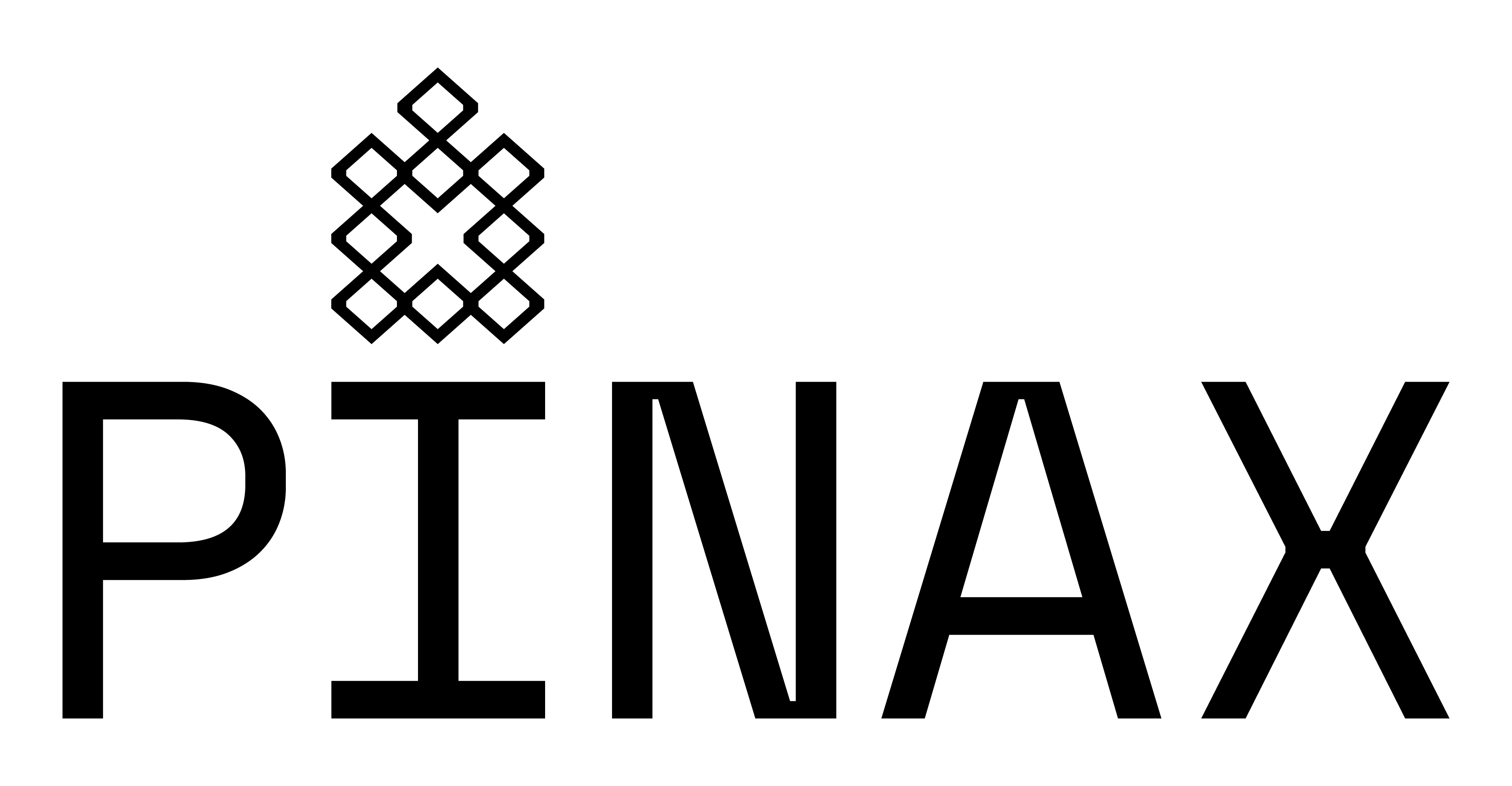

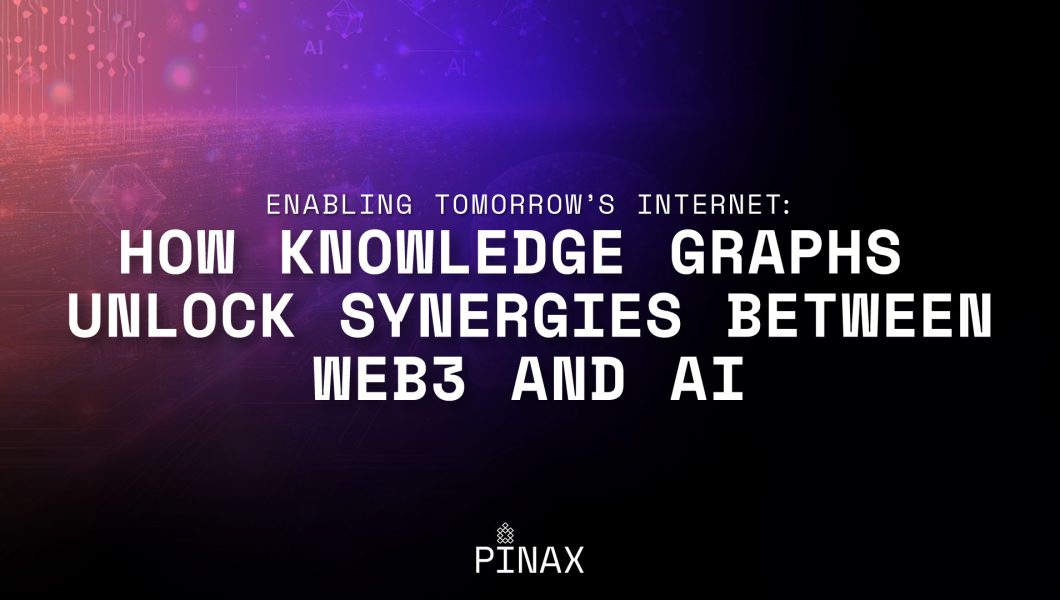
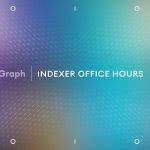
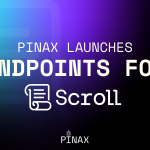
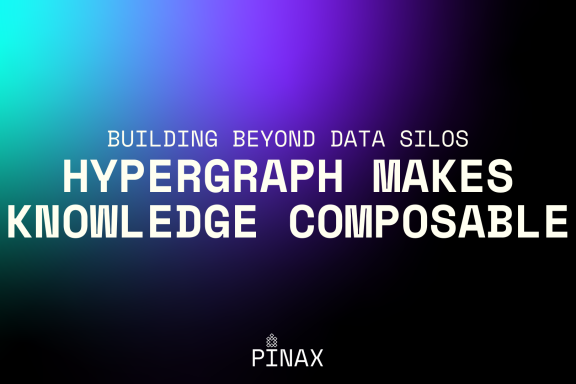
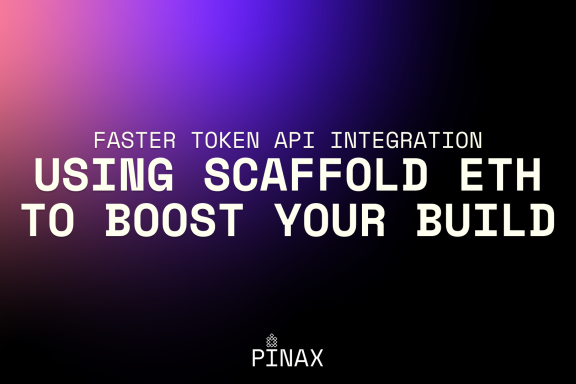
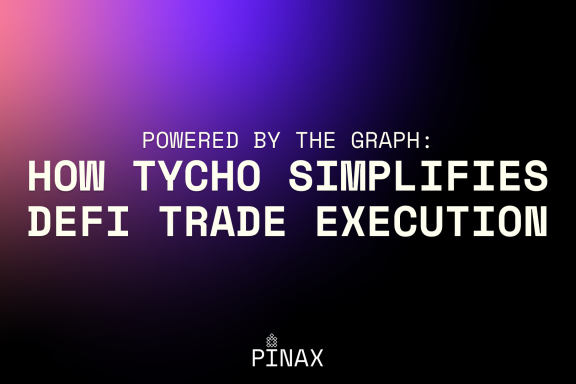
No Comments